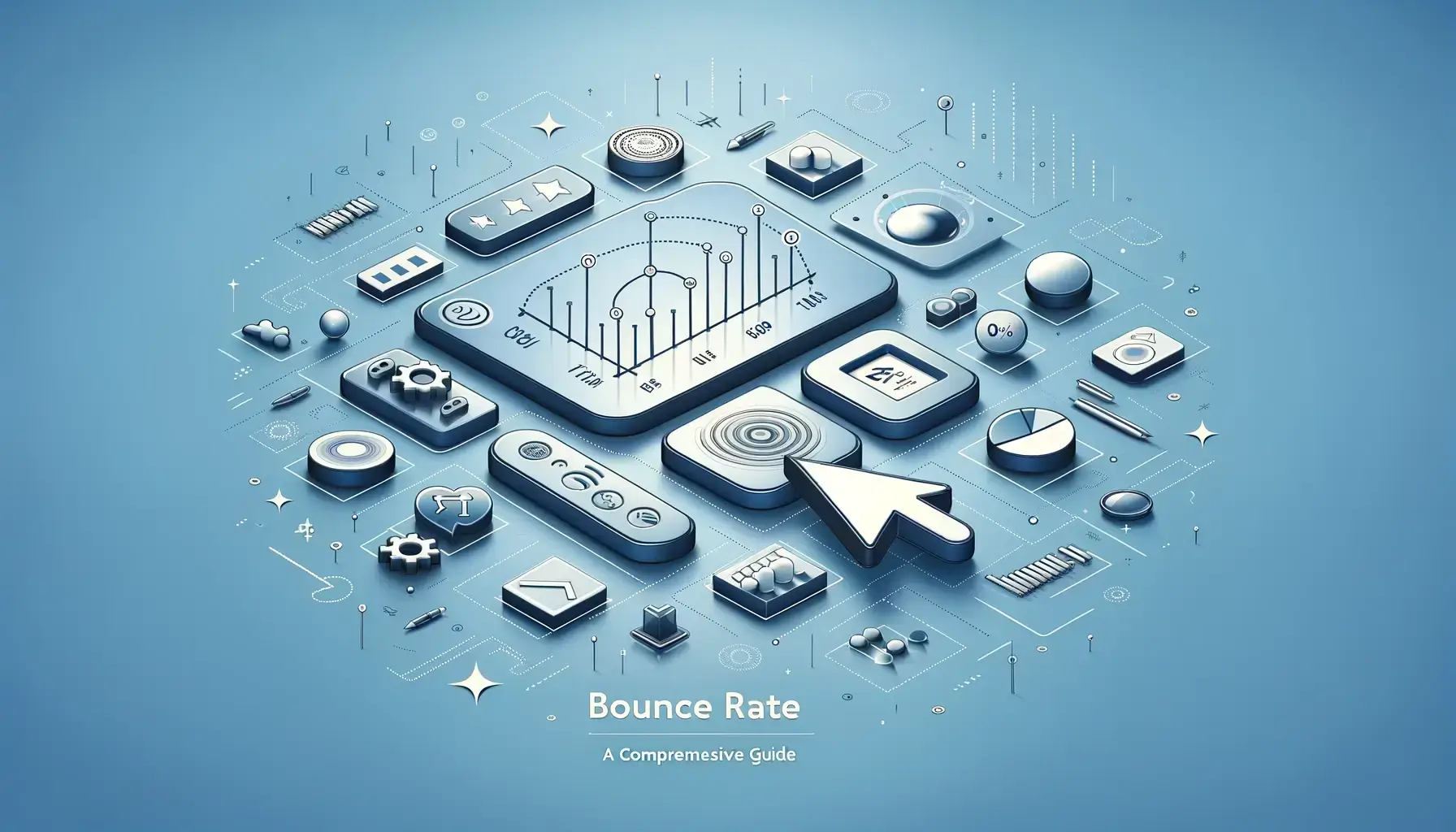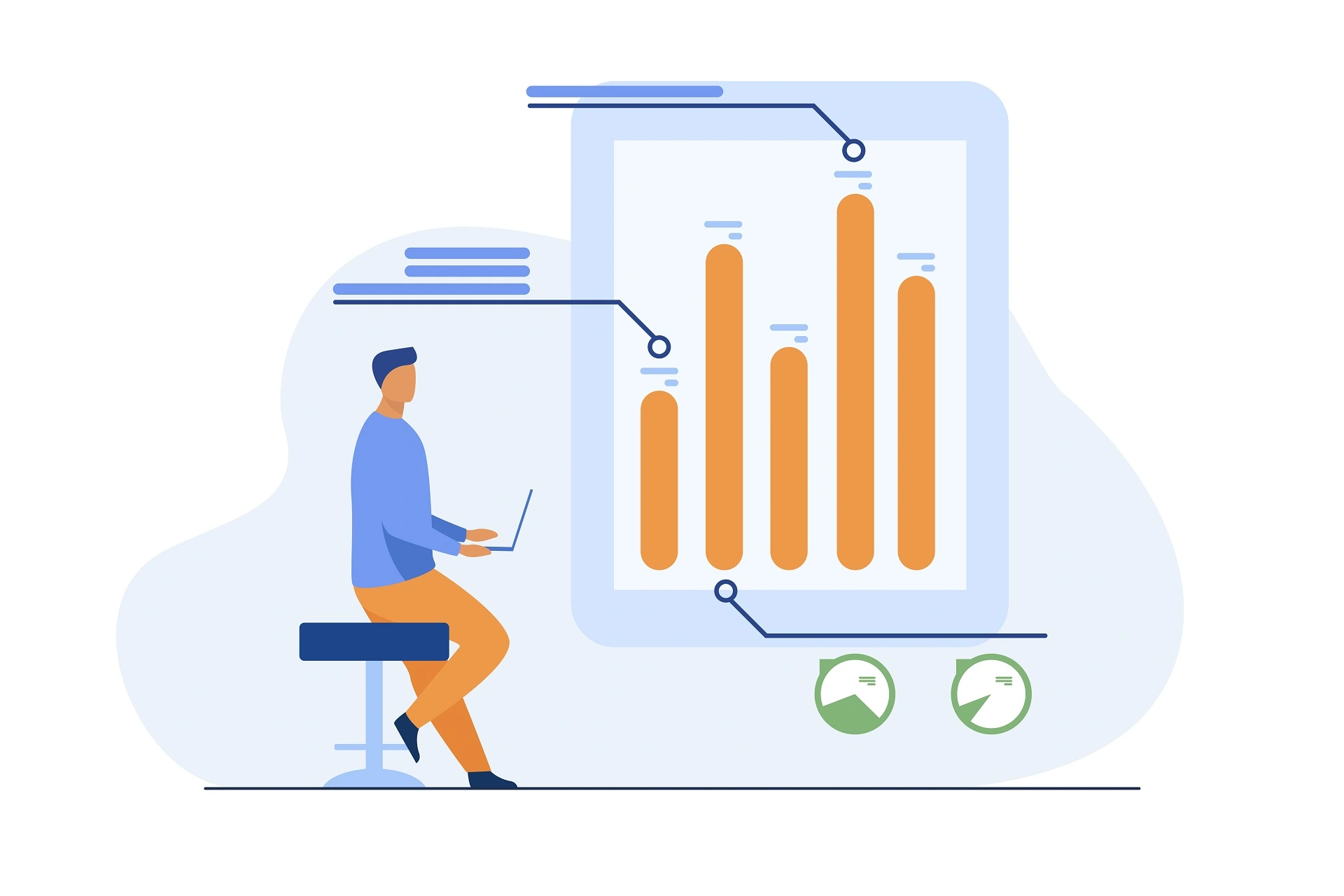GA4 Ecommerce tracking has evolved significantly over the years. Initially, web analytics focused primarily on basic metrics like page views and session durations. However, the need for more sophisticated tracking emerged as online shopping grew. This led to the development of specialized Ecommerce tracking solutions in analytics platforms. Google Analytics, the leader in this evolution, …
Attribution models in GA4 and digital analytics are frameworks used to assign credit to various touchpoints in a customer’s journey toward a conversion. This process helps marketers understand which channels and interactions are most effective in driving conversions. By analyzing the paths that users take before completing a goal or making a purchase, businesses can allocate …
The introduction of Google Analytics 4 (GA4) marks a pivotal shift in digital analytics. Moving away from Universal Analytics, GA4 introduces a new suite of features, fundamentally changing the approach to data tracking and analysis. This evolution is not just an upgrade, but a reimagining of web analytics, with a notable emphasis on the advanced …
Google Analytics 4 (GA4) introduces a more flexible and comprehensive approach to data analytics through GA4 Custom Dimensions. Unlike Google reserved dimensions, GA4 Custom Dimensions allow businesses to tailor their data collection to specific needs, providing deeper insights into user behavior and preferences. GA4 Custom Dimensions: Definitions Definition and Purpose: GA4 Custom Dimensions are user-defined …
GA4 bounce rate, as traditionally understood in Universal Analytics, has been redefined in Google Analytics 4 (GA4). GA4 shifts focus to a more comprehensive understanding of user engagement, rather than solely tracking page exits. This is encapsulated in the concept of “Engaged Sessions,” providing a richer perspective on user interaction with websites. GA4 Bounce Rate: …
GA4 offers a set of default reports that can be customized based on your requirements.In the evolving landscape of digital analytics, Google Analytics 4 (GA4) stands out with its user-centric and customizable approach. A prominent feature of GA4 is its Report Library, which offers flexibility and structure through Collections and Reports. Here’s a deeper dive …
Server side tagging is a new and improved way to keep track of how users interact with a website. Unlike the old way, where many pieces of code, or tags, were put directly on the website (slowing it down). Server side tagging does this work on a separate server managed by your company. This means …
In the rapidly evolving landscape of e-commerce, understanding and leveraging data has become the cornerstone of success. Digital analytics has emerged as a powerful tool, helping e-commerce websites understand customer behavior, optimize their offerings, and ultimately, drive growth. One such platform at the forefront of this digital revolution is Google Analytics, an invaluable tool for …







